Tips to Managing Endometriosis Flare-Ups
If you have endometriosis, you may get a worsening of pain or other symptoms from time to time. Inflammation and hormonal fluctuations are likely to blame for these flare-ups. But doctors do a lot of head-scratching when I ask for surefire ways to prevent or ease an attack.
However, there are steps I take to care for myself during an endo flare-up. Here's a rundown of some of my most bothersome symptoms and what I do to feel better.
My worst endometriosis flare-up symptoms
Endometriosis is a chronic inflammatory disease that affects everyone differently. I know I feel worse when I'm stressed, sleep-deprived, or eat processed or fried foods high in sugar or unhealthy fats. That's why I do my best to lower my exposure to outside sources of inflammation.
No matter how many healthy changes I make, I always get flares at some point during the two weeks between ovulation and my period, not to mention the pain that comes when I start bleeding.
My last endometriosis flare-up lasted a full ten days. During that time, I experienced the following:
Endo Belly
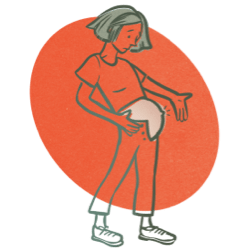
My lower abdomen can balloon out about 3 or 4 inches. Yes, I've measured.
The swelling starts under my diaphragm and stops somewhere under my pelvis. These painful bouts of bloating look like the early stages of pregnancy and last anywhere from a few hours to a few days.
The good news is that excision surgery and diet changes have helped reduce the flares I get each month. But it still happens, usually near my period, no matter how many anti-inflammatory steps I take.
Tips to ease endo belly: An anti-inflammatory, low-FODMAP, gluten-free, vegan diet helps lessen my general bloating and belly pain. On top of that, heating pads and diuretic pills sometimes ease pressure and pain.
Unfortunately, besides surgery, I've never gotten a lot of guidance from doctors about managing endo belly. When lifestyle changes and at-home remedies don't help enough, I usually wait it out and (hopefully) feel better in the morning or when my period starts.
Fatigue and brain fog
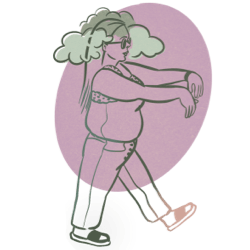
A debilitating wall of sluggishness may hit me in the early afternoon, but not because of a lack of sleep. Sometimes I get pre-menstrual hypersomnia even after 8 to 10 hours of shuteye and need to take a nap in the middle of the day.
But most of the time, I get a kind of fatigue that feels like gravity has somehow gotten stronger. Walking or moving my limbs takes more effort. Even weights at the gym and my eyelids are harder to lift.
Sometimes I get brain fog that makes it hard to focus on mental work for long periods. Or I say the opposite of what I’m thinking.
For example, I tell my husband I’m hot when I’m cold. Or I ask him to heat something in the refrigerator instead of the microwave.
Tips to ease brain fog and fatigue:
I exercise or move around for 30 minutes to an hour. In particular, I tend to feel less tired and more clear-headed after I walk 2 to 3 miles. (I'm writing this article on the treadmill.)
I know how hard it is to do physical activity when you’re so bone-crushingly tired you can hardly keep your eyes open. But I’ve found that, at least for me, boosting my blood flow and heart rate goes a long way to lessen my fatigue.
Cramps, migraines, and other pain
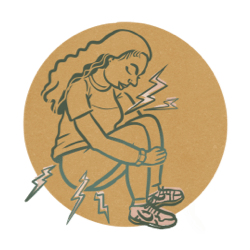
I always have some pain in my back, right leg, mid to lower spine, and pelvis. On top of those ongoing symptoms, during this last flare, I had constant period-like cramps, a migraine attack, and skin sensitivity — combing my hair and taking a shower hurt.
Sometimes the lubrication in my joints kind of sticks together. This "gelling phenomenon" happens to people with arthritis, a condition I've never been diagnosed with. Though, my symptoms sound a lot like the ones my 73-year-old mom complains about.
For instance, my lower back seems like it might break in half when I stand up after sitting for more than an hour. As I recently told my husband, I imagine this is how the tin man feels without his oil.
Tips to manage pain:
My regular doctor does her best to help me manage cramps, migraines, and overall inflammatory pain. I suggest you talk to your health provider if over-the-counter medications like ibuprofen don't help your pain or headaches.
Depression and other mood changes
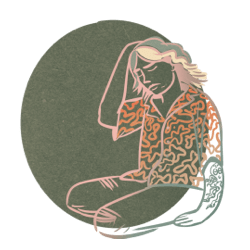
I have a history of major depression and pre-menstrual dysphoric disorder (PMDD). But that’s not what I’m talking about here.
This is more like a wave of low mood or irritability that lasts for an afternoon and typically gets better when the endo flare passes.
Tips to ease depression:
I manage my moods with 60-90 minutes of exercise daily (or almost every day). I also meditate, eat an anti-inflammatory diet, volunteer weekly, and use antidepressants when lifestyle changes aren't enough.
Talk to your OB-GYN or regular doctor if you have depression or other mood issues, especially if you have symptoms that last longer than two weeks or get in the way of daily life.
Featured Forum
View all responsesIs there anything that you would add to this list? Share in the comments!
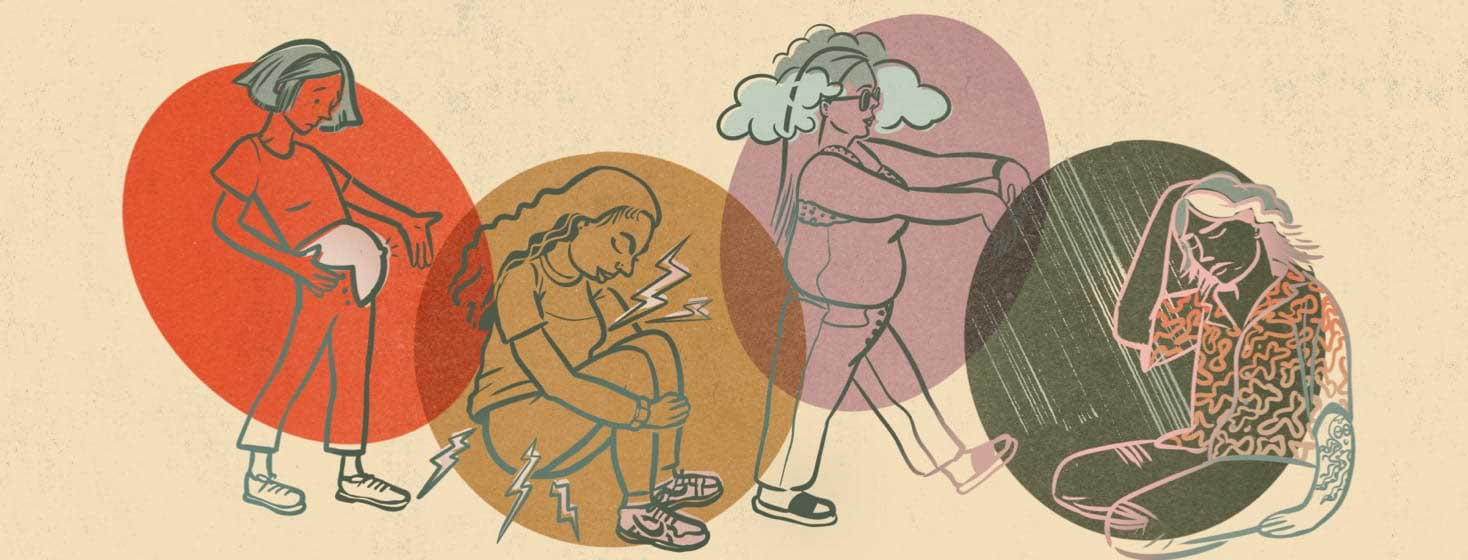
Join the conversation